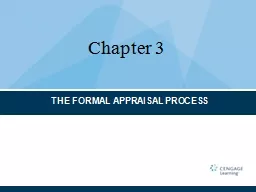PDF-Ethnobotanical Leaflets 14 43544 2010An Appraisal of the Contribu
Author : mary | Published Date : 2022-10-14
abkadiri2001yahoocom aaded63yahoocom bayodele2000yahoocom Issued April 1 2010 Abstract Herbalism contributes significantly to the primary health care delivery system
Presentation Embed Code
Download Presentation
Download Presentation The PPT/PDF document "Ethnobotanical Leaflets 14 43544 2010An..." is the property of its rightful owner. Permission is granted to download and print the materials on this website for personal, non-commercial use only, and to display it on your personal computer provided you do not modify the materials and that you retain all copyright notices contained in the materials. By downloading content from our website, you accept the terms of this agreement.
Ethnobotanical Leaflets 14 43544 2010An Appraisal of the Contribu: Transcript
Download Rules Of Document
"Ethnobotanical Leaflets 14 43544 2010An Appraisal of the Contribu"The content belongs to its owner. You may download and print it for personal use, without modification, and keep all copyright notices. By downloading, you agree to these terms.
Related Documents














